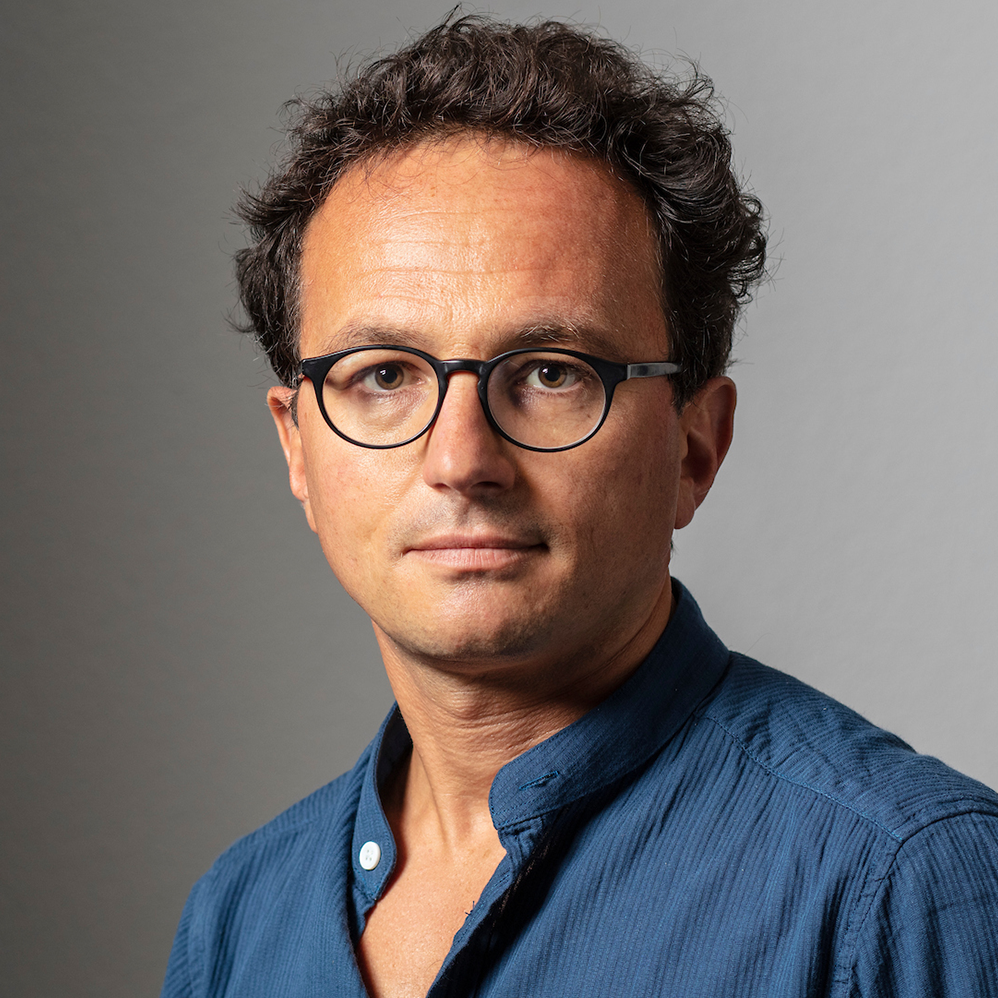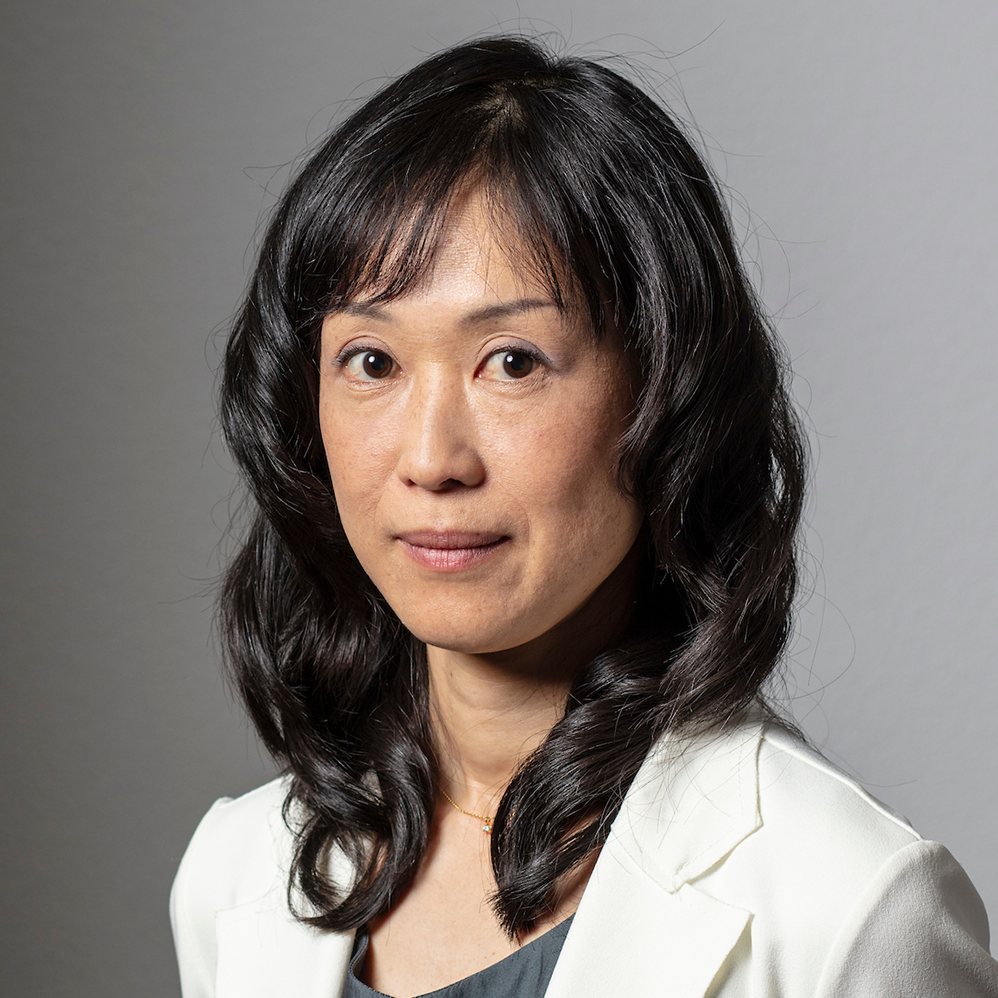
How are young dancers coping with the video edition of the Prix de Lausanne?
The 49th edition of the prestigious Prix de Lausanne international ballet competition began last Sunday. But due to the pandemic this year’s event is taking place by video. What are the advantages and disadvantages of such a format?
Airi Kobayashi, a 15-year-old from Japan, started to dance when she was six. A huge fan of the French ballet star Sylvie Guillem, her dream is to become a professional ballet dancer. This year Airi was preselected to take part in the Prix de Lausanne for the first time. But the young Japanese dancer will not be travelling to the Swiss lakeside city, like in normal years, to show off her skills; instead she will participate from Tokyo.
The Prix de LausanneExternal link is a well-renown international ballet competition, which is considered an excellent step in a young dancer’s career before turning professional. The competition has been held in Lausanne since 1973.
The 49th edition is taking place from January 31 to February 6, 2021. The winners will be announced at the final on February 6. This year, 78 dancers selected via a preliminary video exam are taking part. They come from 20 countries and are aged 15-18.
Prize winners will receive a scholarship to join a renowned partner ballet school or gain an apprenticeship in various companies.
Due to the coronavirus pandemic, the organisers had to rethink the format of this year’s ballet competition and decided to create a special video edition. Selected candidates had to send pre-recorded videos of their performances of classical and contemporary variations at their ballet school or studio. The change of format was decided to protect the dancers from catching the virus. But it also meant that the financial burden of taking part, such as travel and accommodation costs, was much lower, and the videos could be reshot if necessary. Rui Ceser Cruz, an 18-year-old dancer from Brazil, took part in the 2020 ballet competition. This year’s edition is “challenging in a different way”, he said.
The dancers can create their own work and ideas, but they do not get the same guidance in Lausanne as in previous years. It is very difficult to perfect an individual choreography and adjust subtle body movements, especially for contemporary dance. Airi, who danced “Bow”, choreographed by Goyo Montero, was frustrated: “There is a part in the piece where I make my fingers look like Avalokitesvara [Buddhist bodhisattva], and I wanted to ask him directly what that meant. The performance is without an audience. You don’t even feel the stage space.”
In a hotel in Lausanne, nine jury members will spend 100 hours carefully examining the videos submitted by the 78 candidates, starting with the youngest dancers. The judges’ criteria for choosing the best dancers have not changed from previous years. The performances will also be livestreamed. But the atmosphere this year is totally different. In the quiet of the jury room, there is none of usual lively cheering from fellow dancers and their rivals.
Despite the difficult coronavirus situation, the Prix de Lausanne still represents a chance for young dancers to show ballet schools and companies the results of their hard work and their dedication to becoming a top dancer. The timing of the competition is a perfect opportunity for young dancers to find a place to study before spring.
Kathryn Bradney, the artistic and executive director of the Prix de Lausanne, explained that the format of this year’s competition allows partner ballet schools and companies to “take the time to look at each dancer’s video and make a career offer”.
Richard Wherlock, director and head choreographer of the Basel Ballet and jury president for this year’s competition, said that the young dancers may have spent a year “not being able to perform, not being able to go to class, and having to dance in restricted areas and not in their dance studio”. The Lausanne competition’s video format therefore gives dancers who only have short careers a “chance to show themselves”, he said.

































You can find an overview of ongoing debates with our journalists here . Please join us!
If you want to start a conversation about a topic raised in this article or want to report factual errors, email us at english@swissinfo.ch.